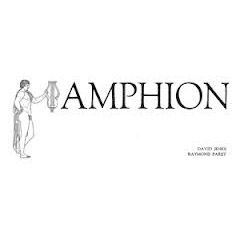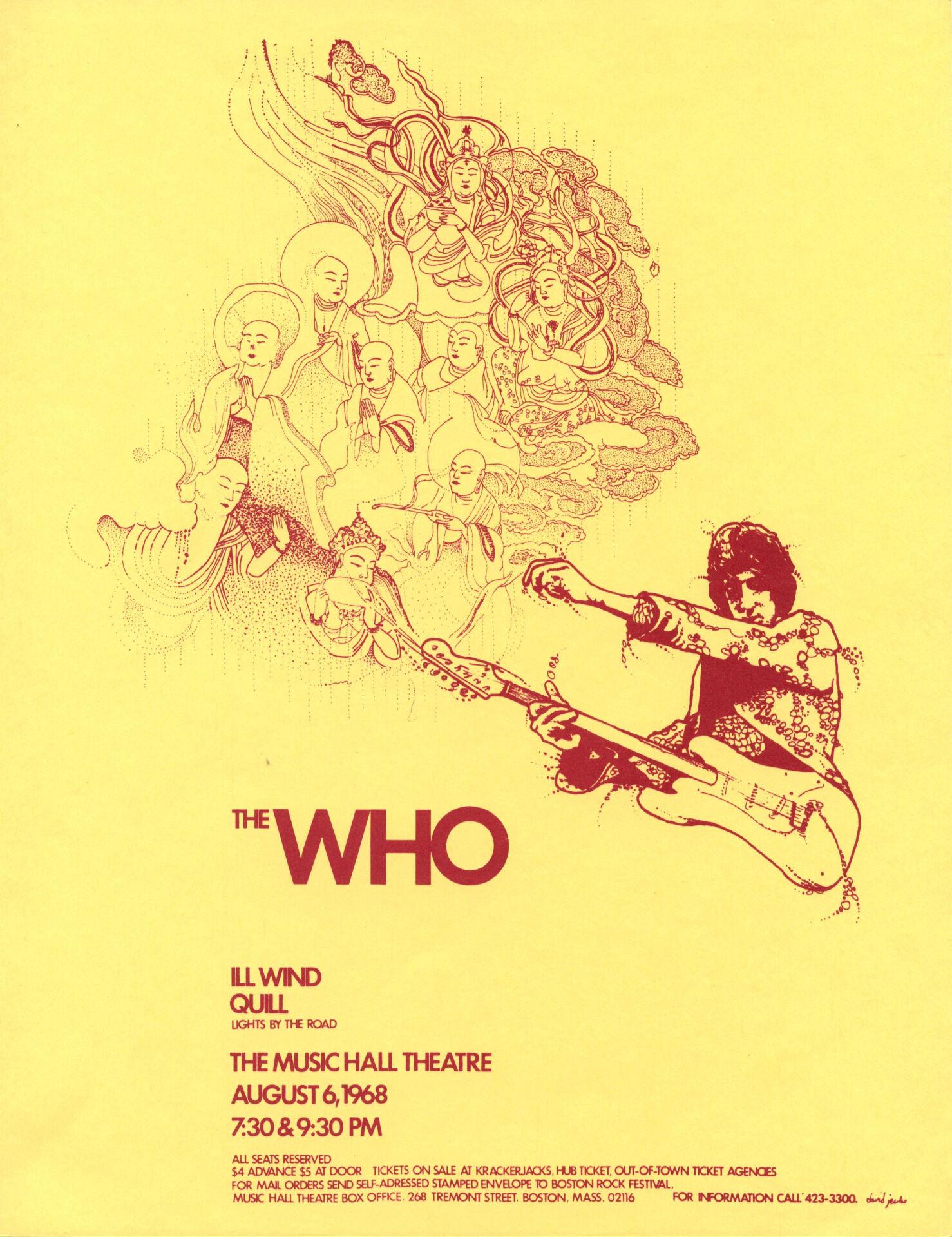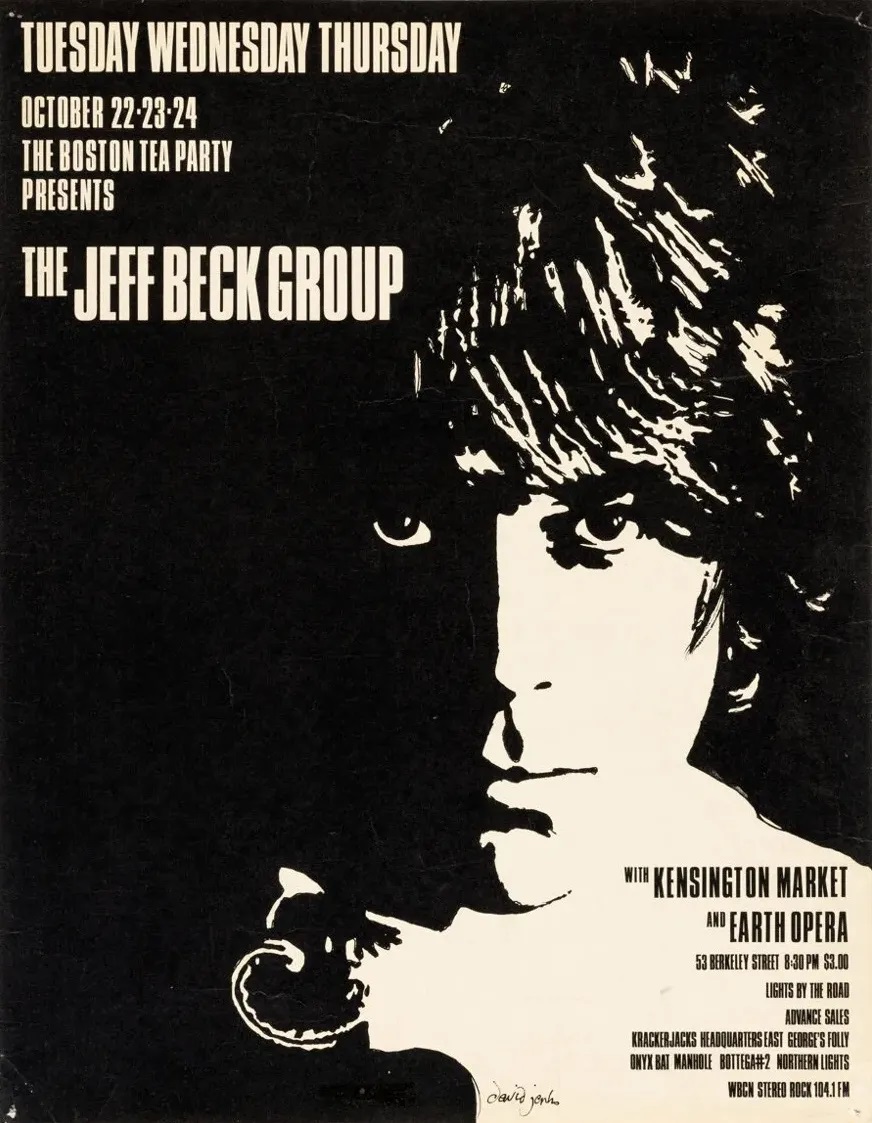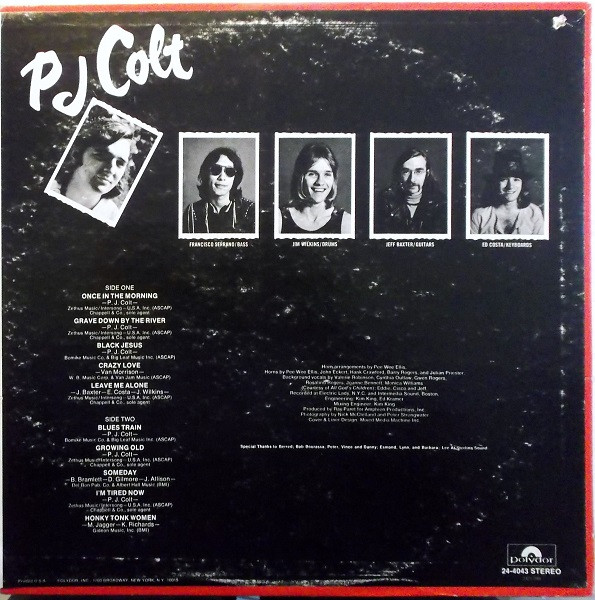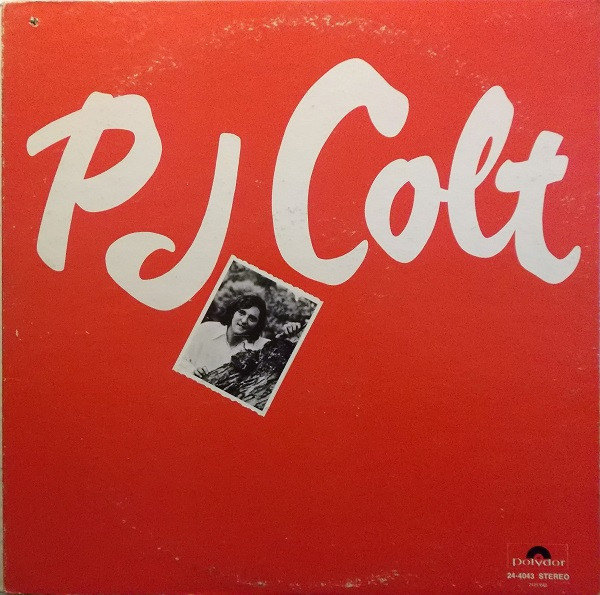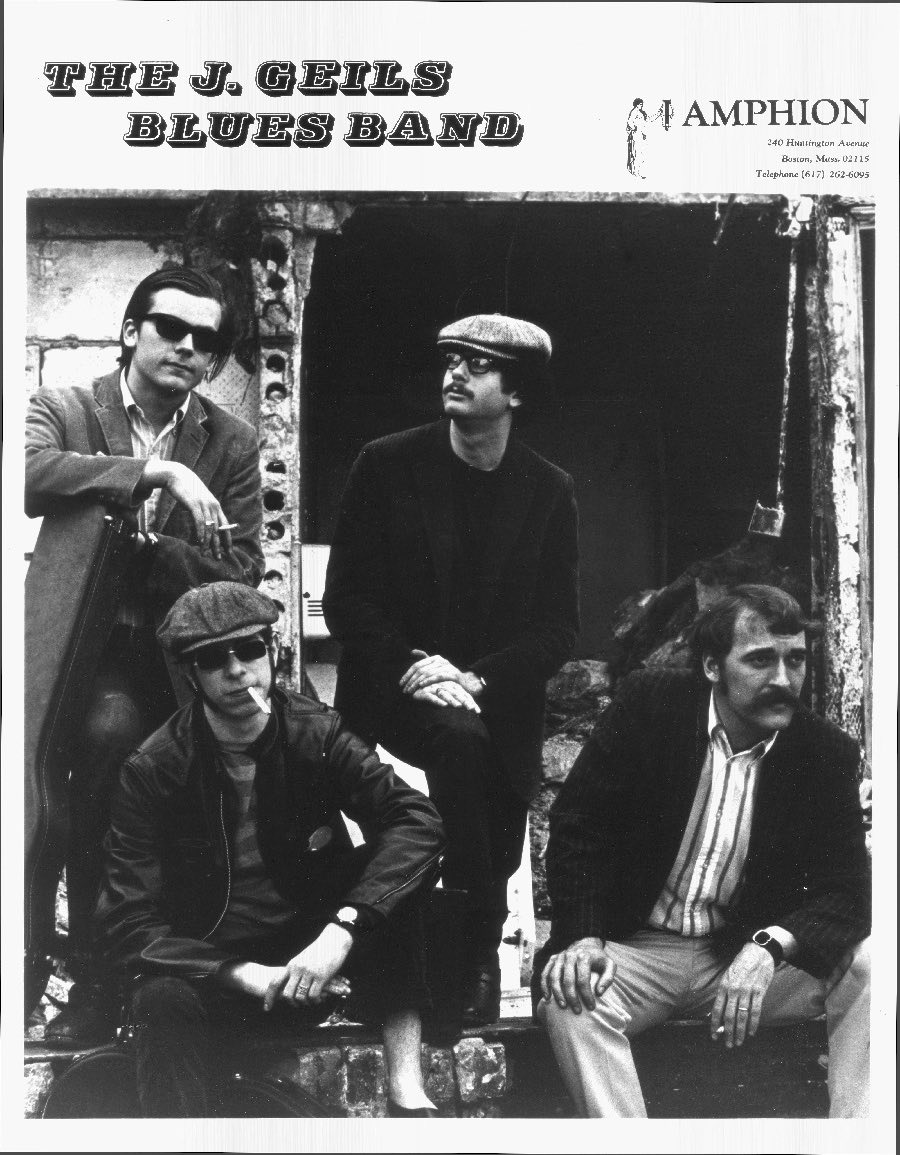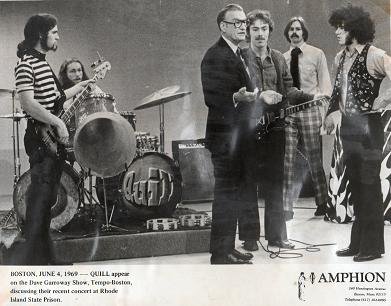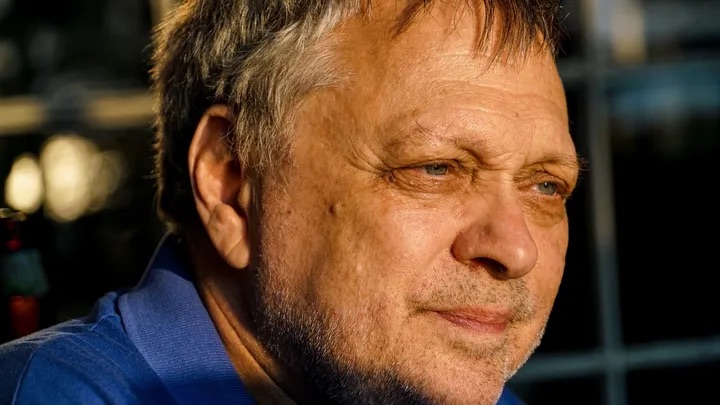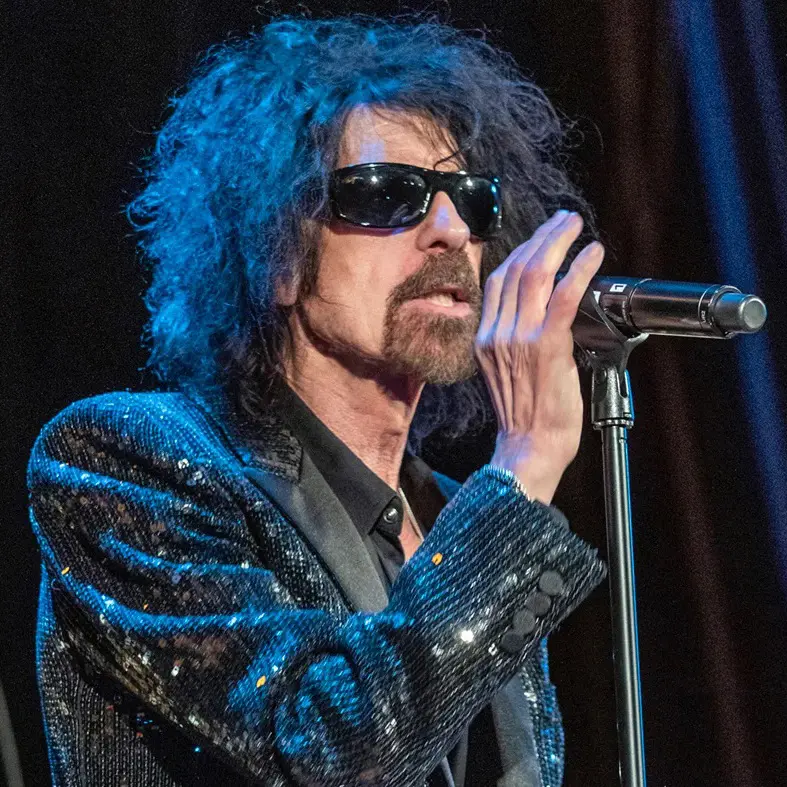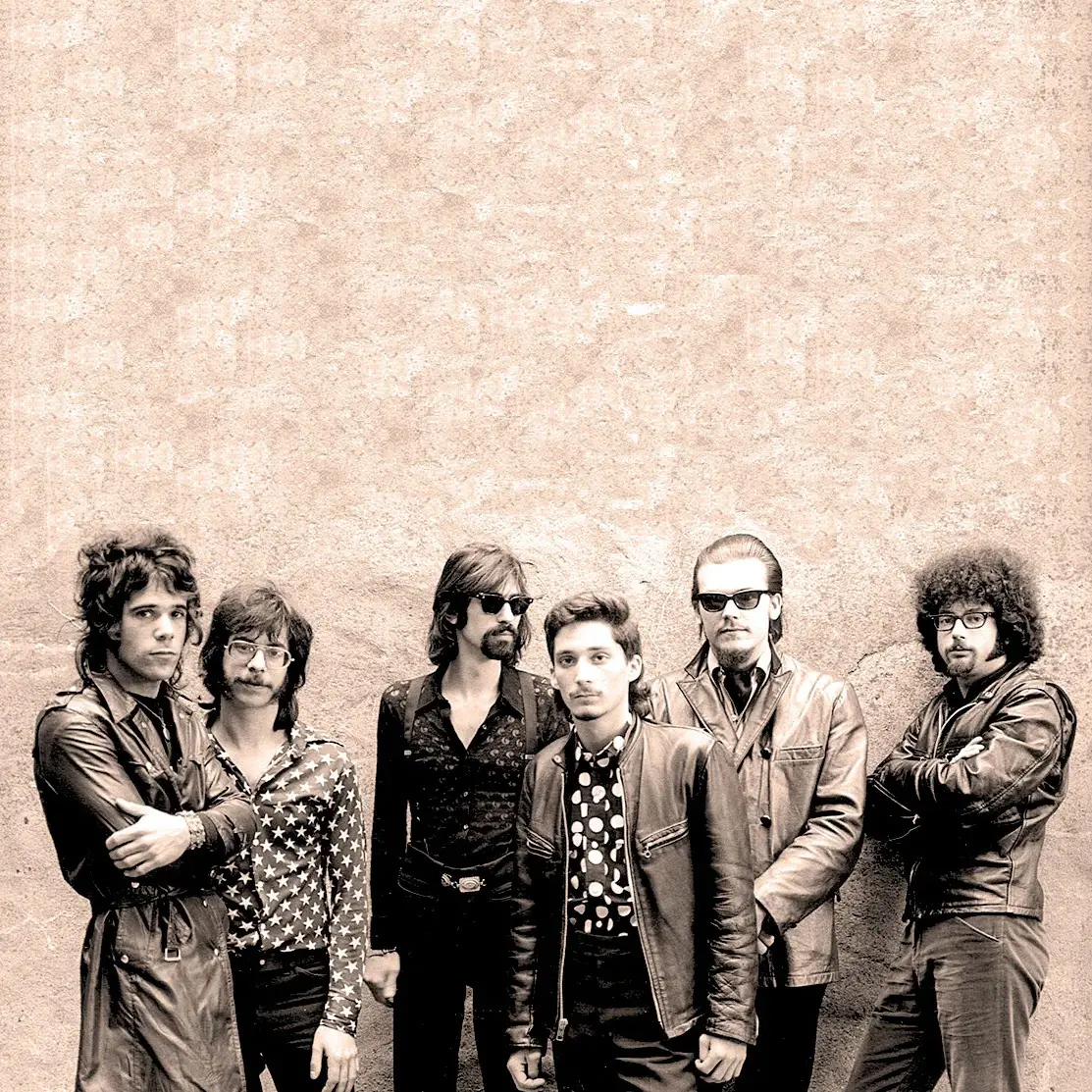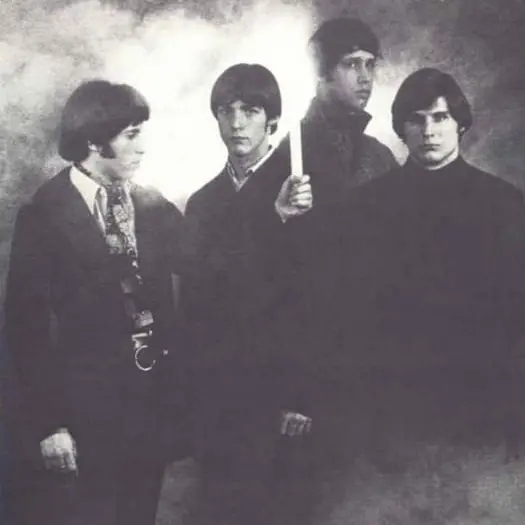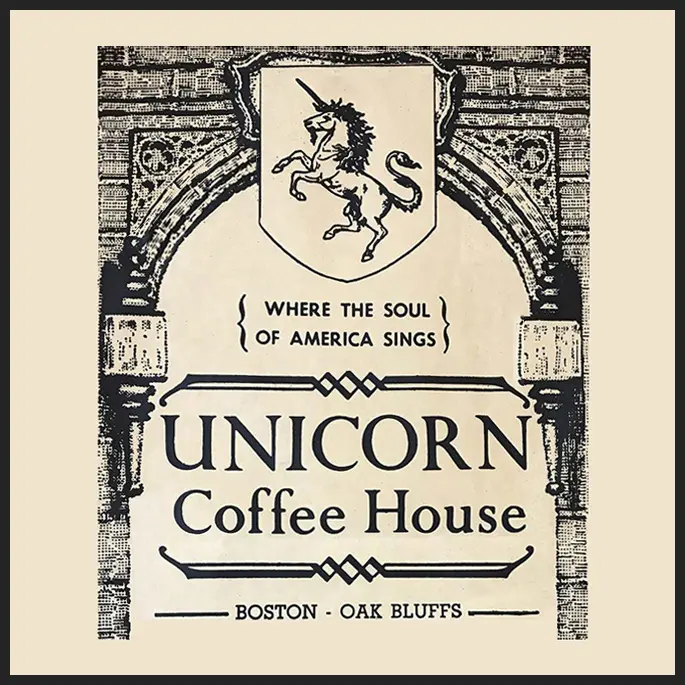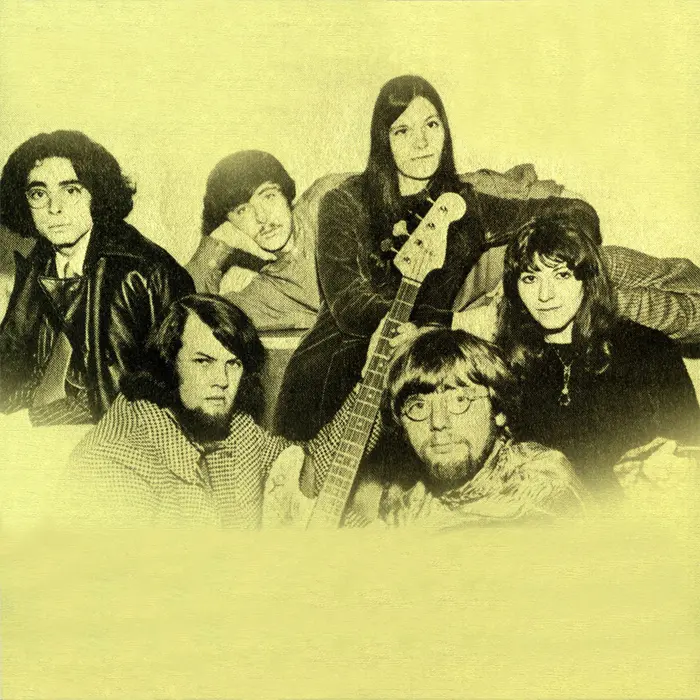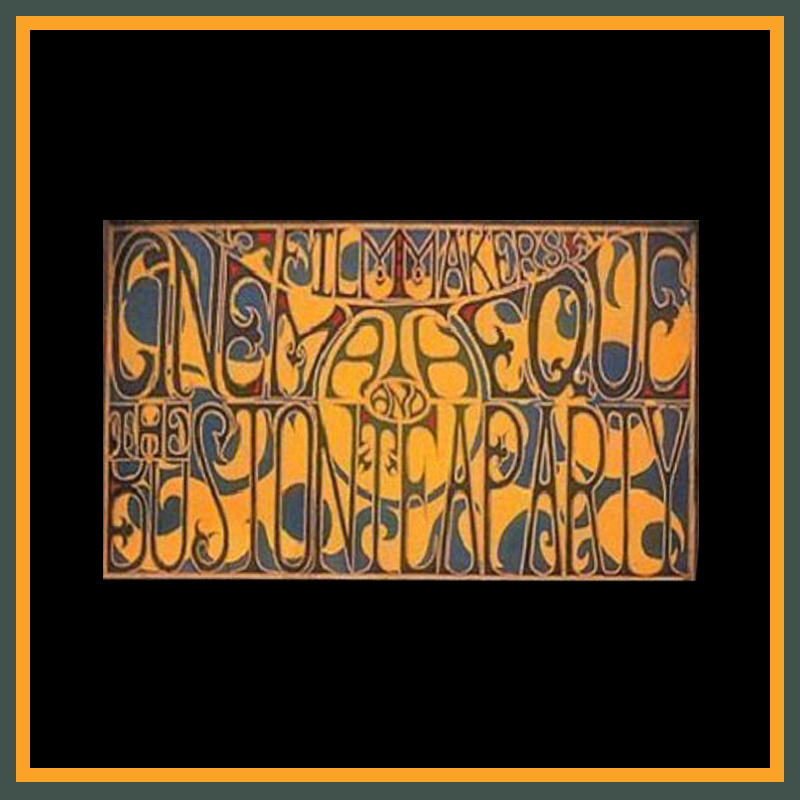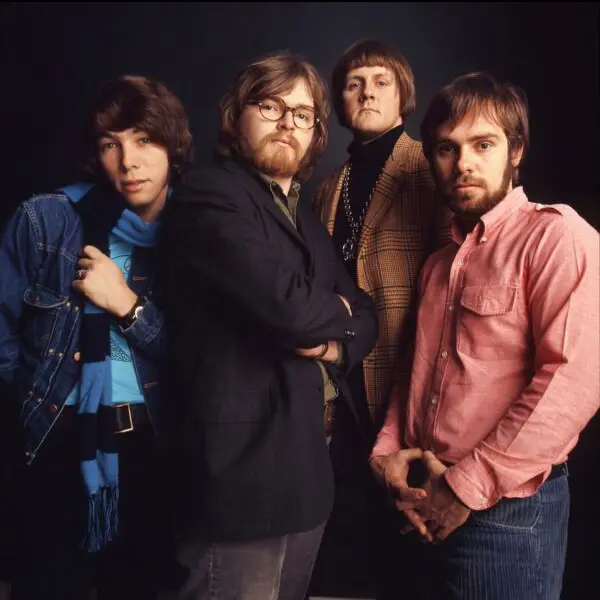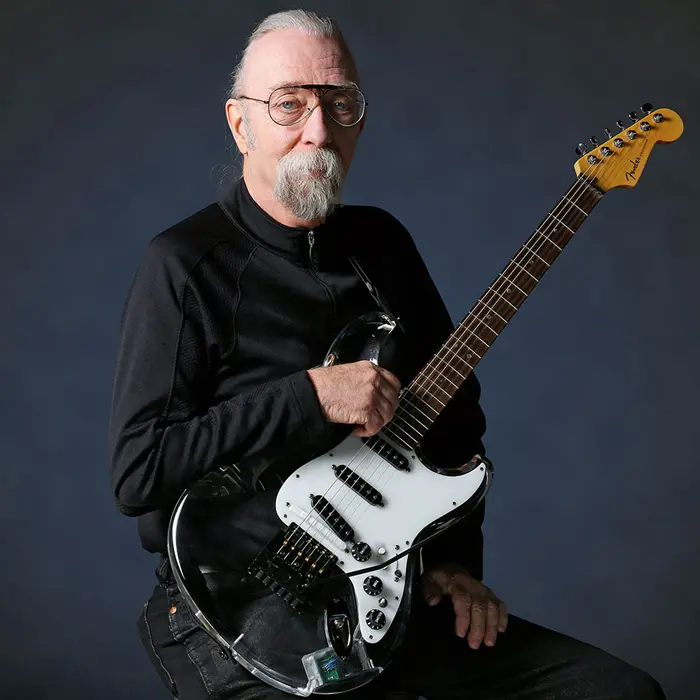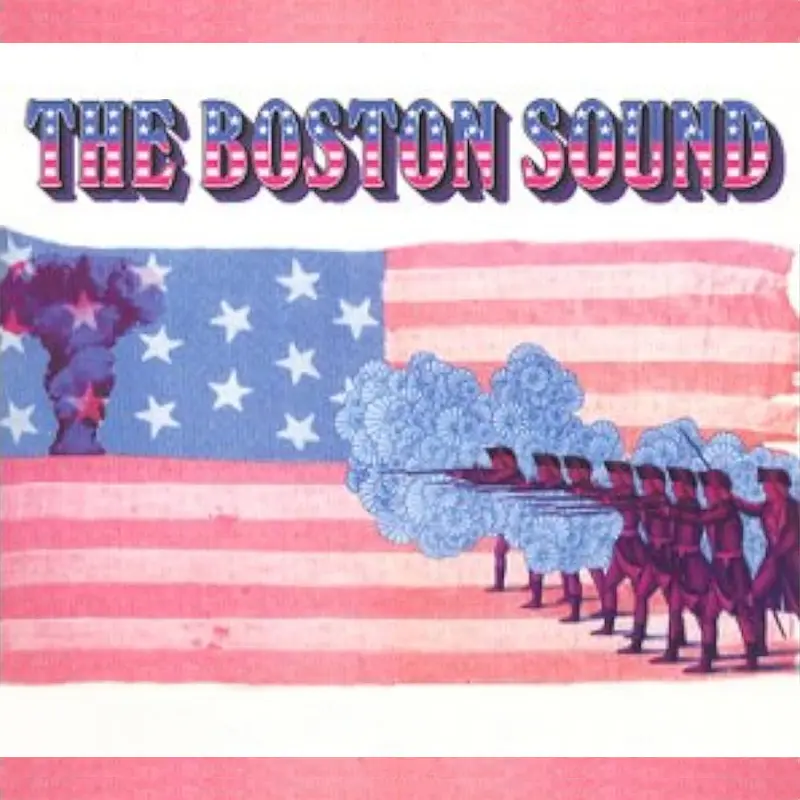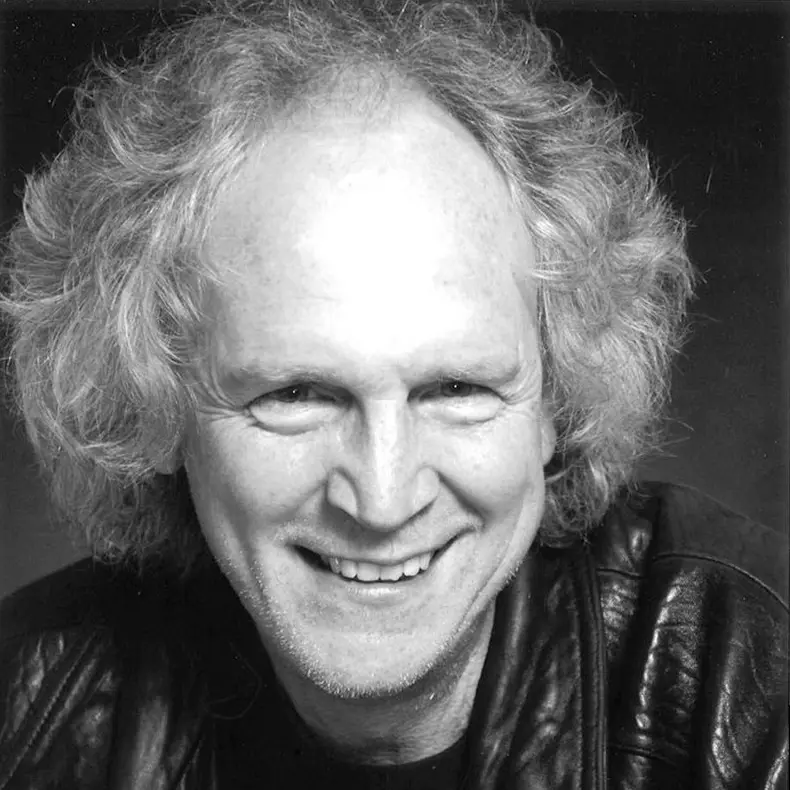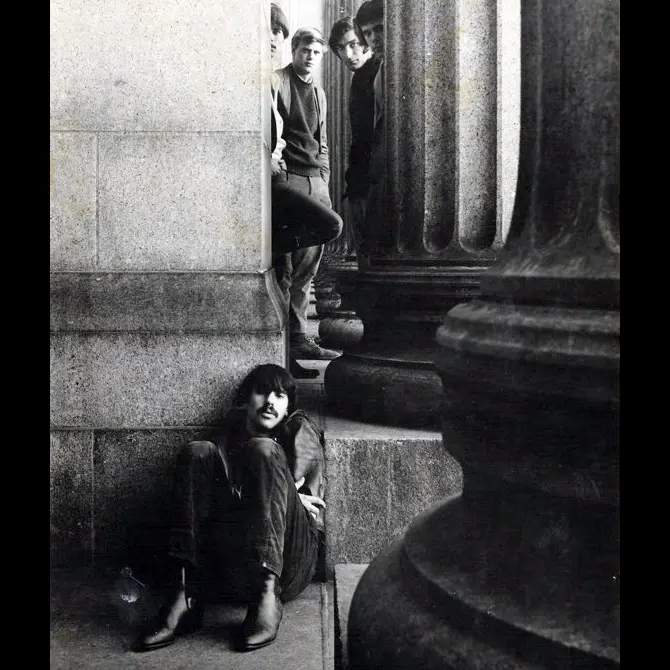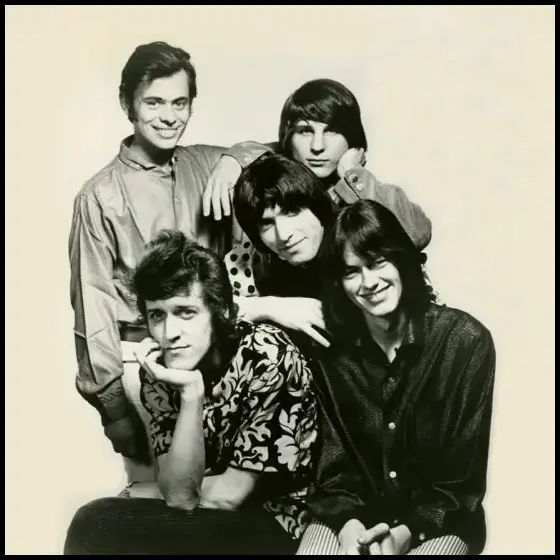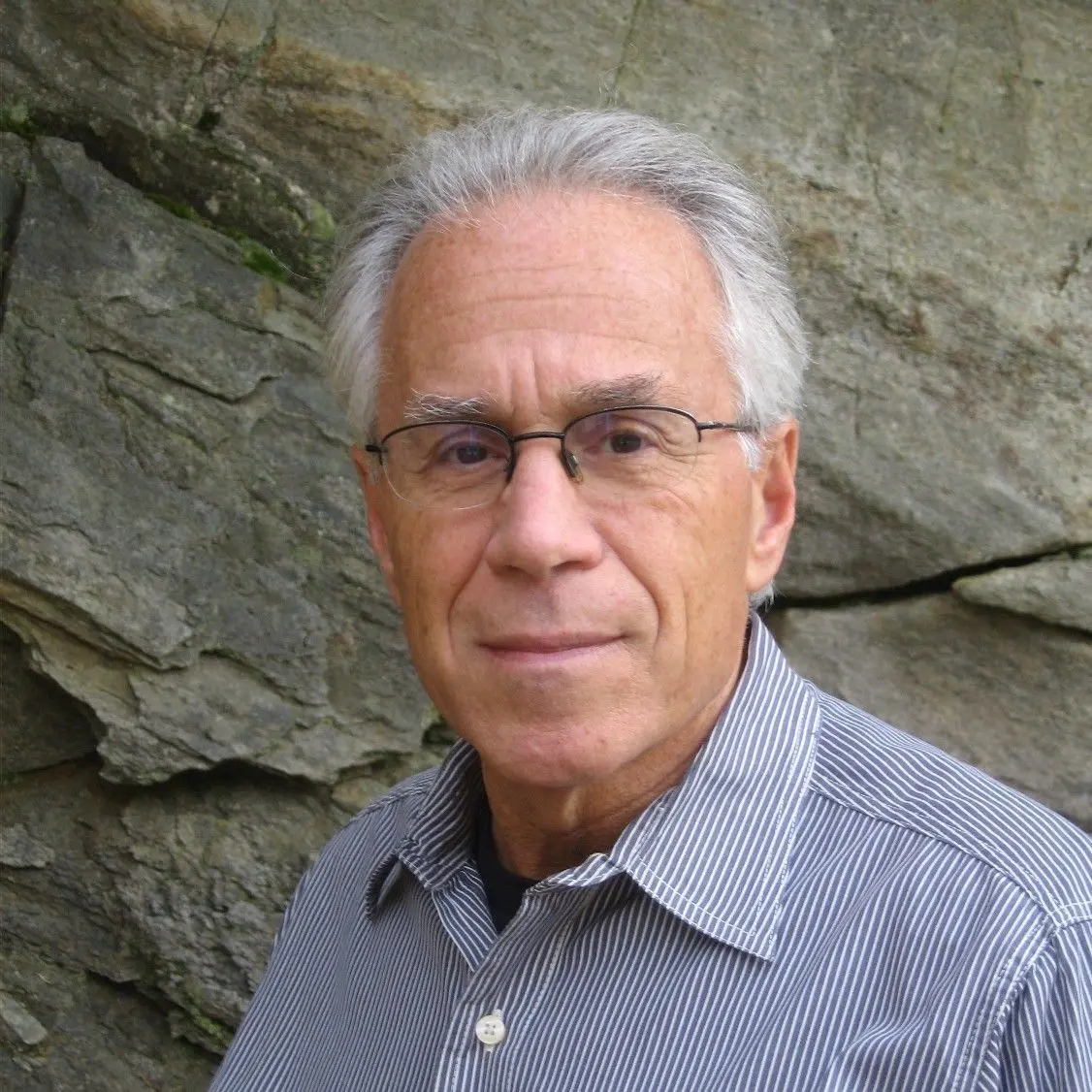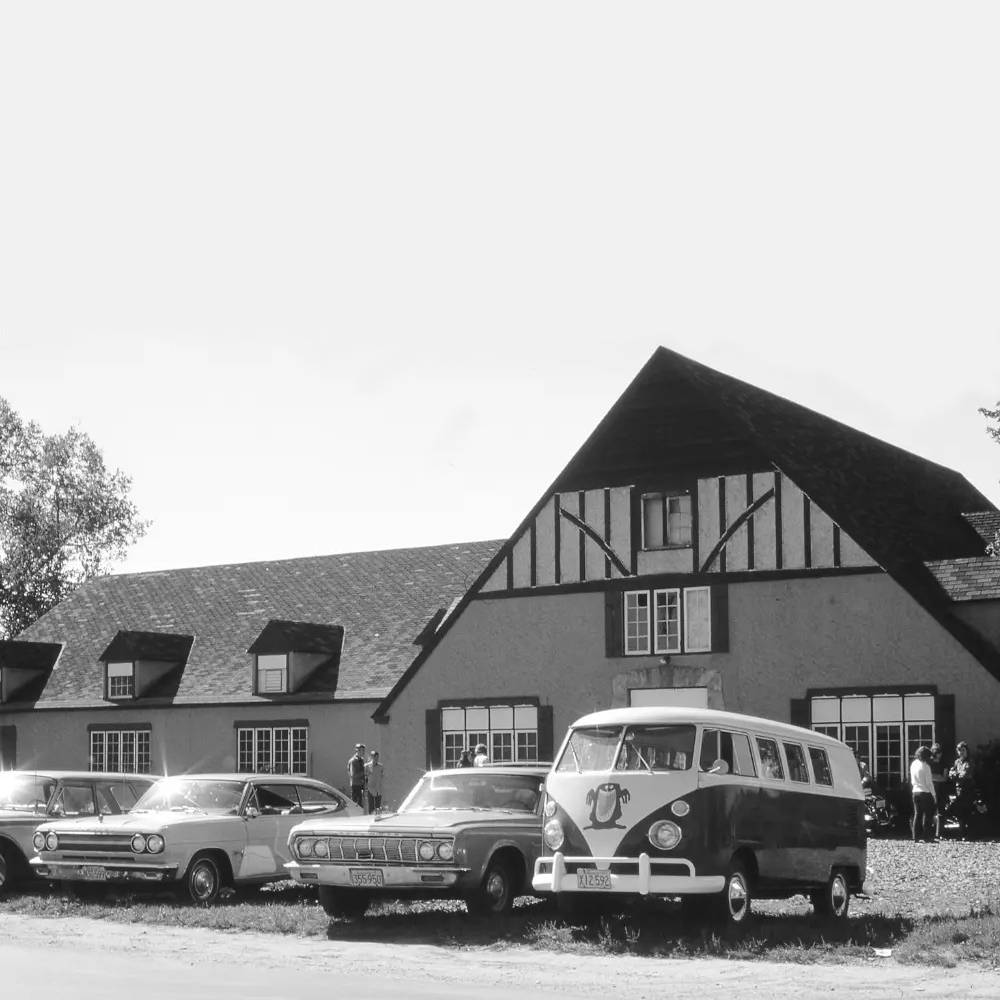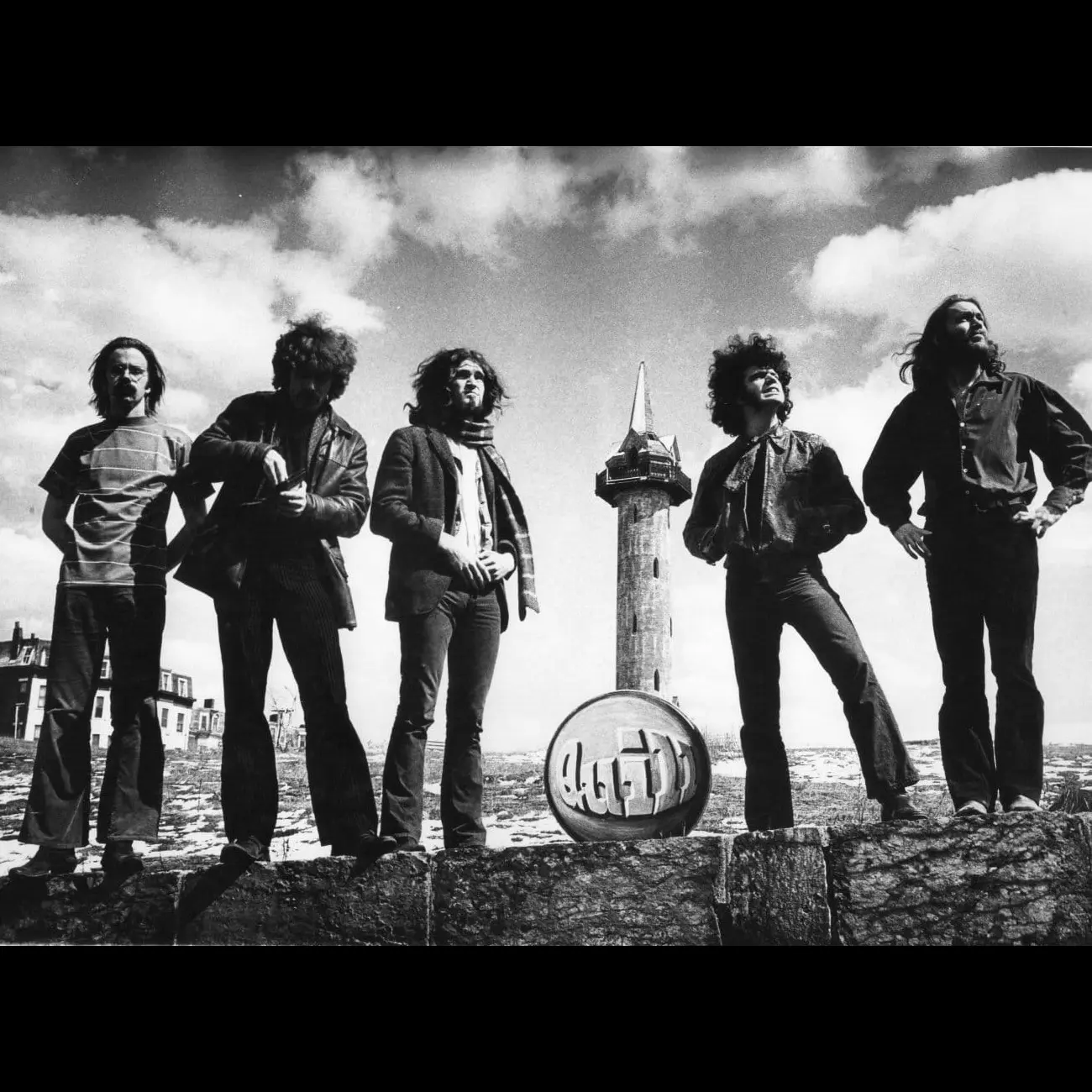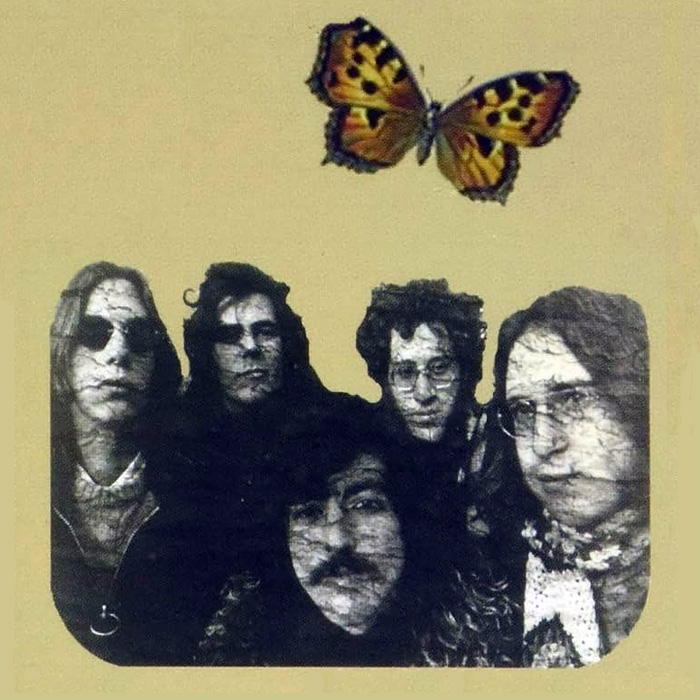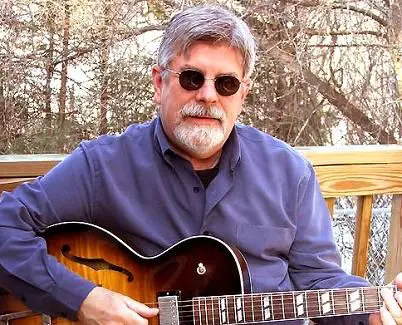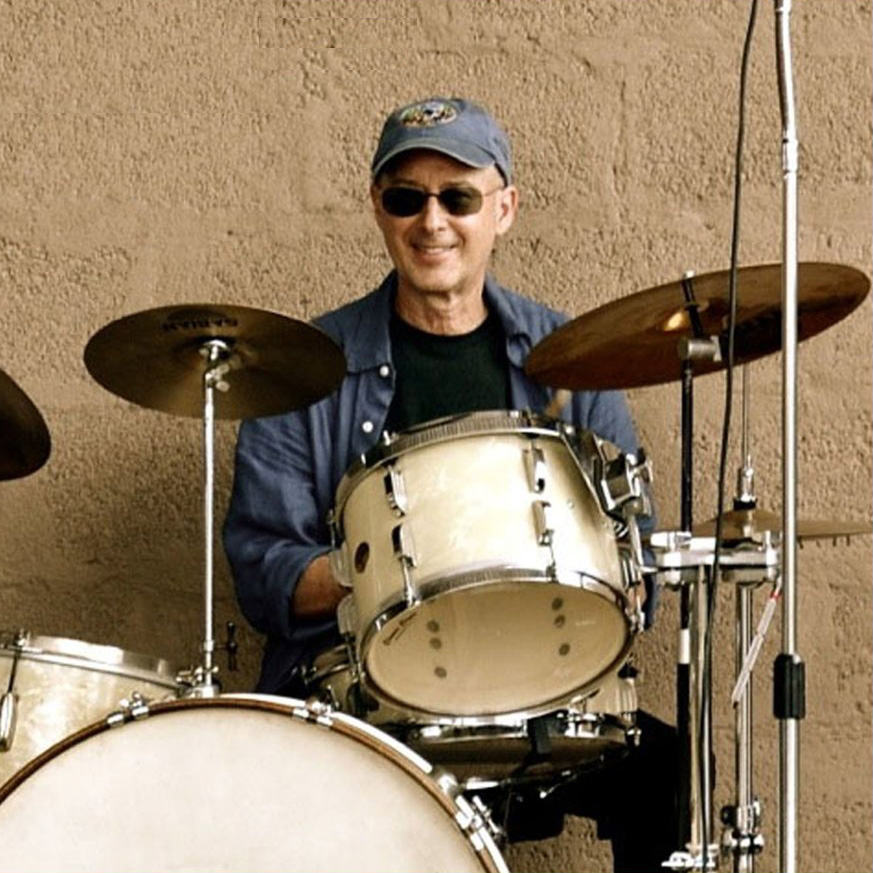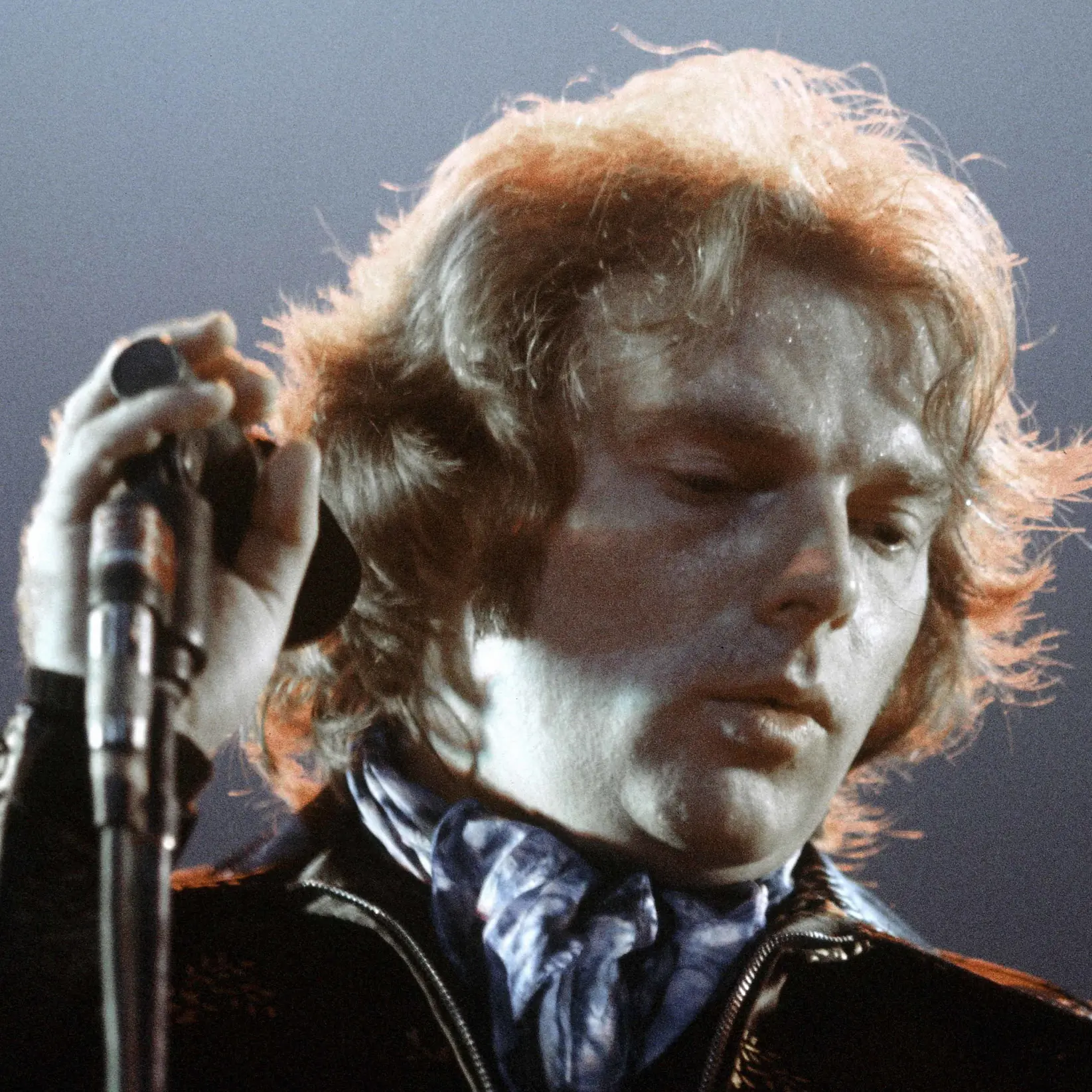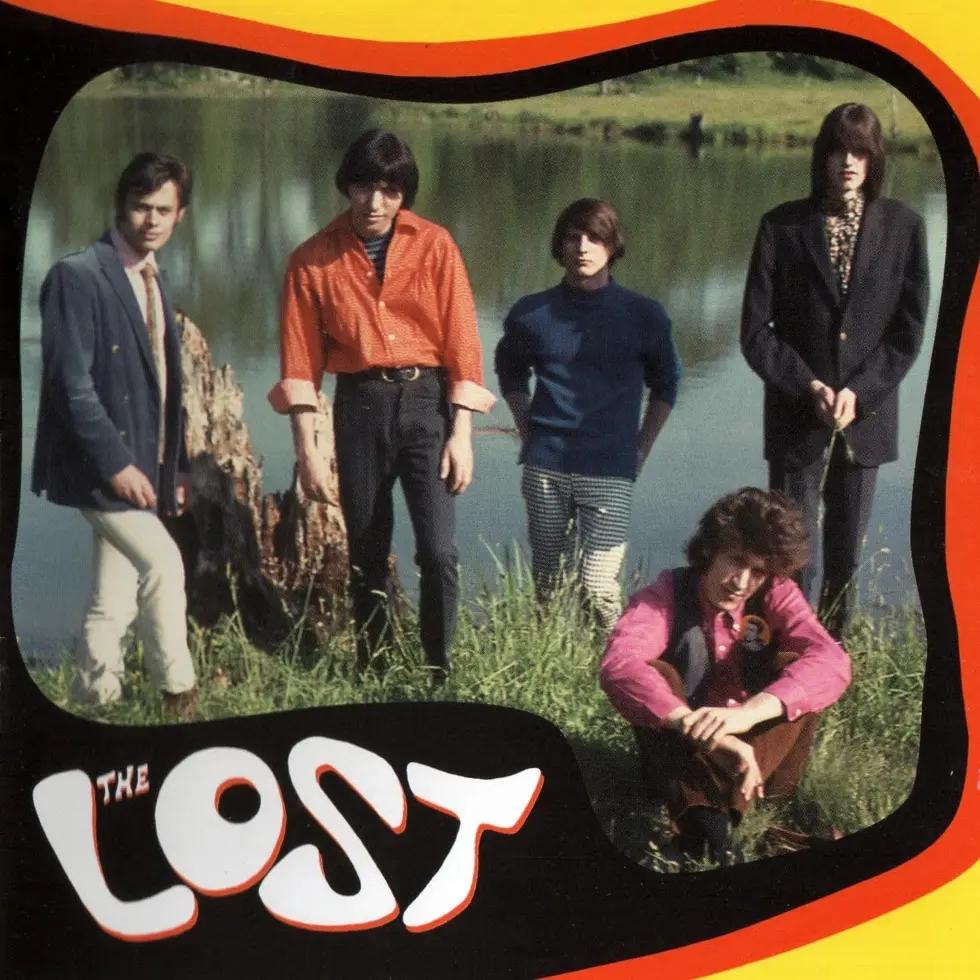Amphion
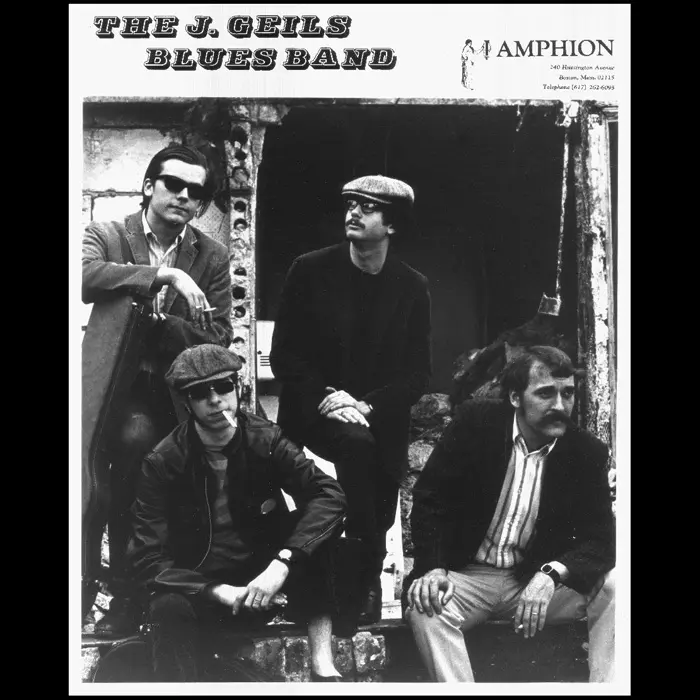
Boston-based artist management company Amphion introduced a new level of professionalism to New England’s scene in the late ‘60s by providing the essentials for success such as rehearsal space, storage, booking, transportation, promotion and graphic design. Though short-lived compared to larger outfits, the company made an extremely significant and lasting contribution to the region at a time when most rock groups in the area lacked even basic management services.
FORMATION, ULTIMATE SPINACH, “THE BOSTON SOUND”
Formed in the summer of 1967 by MIT student Ray Paret and Williams College alum David Jenks, Amphion’s first group was Ultimate Spinach, a wildly psychedelic creation fronted by singer-songwriter Ian Bruce-Douglas that Paret and Jenks first saw at the Unicorn Coffeehouse. Through Amphion, the group landed gigs at The Boston Tea Party and a record deal on MGM with producer Alan Lorber, who packaged them together with The Beacon Street Union and Orpheus in a promo campaign he called “The Boston Sound” (sometimes referred to as “The Bosstown Sound,” a play on “Motown”). It was nothing more than crass marketing hype, most people agreed – and not of Amphion’s making – but it put the company on the map. Ultimate Spinach recorded two albums for MGM before Bruce-Douglas departed, followed by a third in 1969 with a completely different lineup that included 21-year-old guitarist Jeff “Skunk” Baxter, who co-founded Steely Dan in 1972 and joined The Doobie Brothers in 1974.
BUTTER, THE J. GEILS BAND, CHAMEALEON CHURCH, COUNTRY FUNK
The Amphion roster soon included Butter, a Harvard-based power trio inspired by Cream. The group never recorded any LPs, but bassist Andy Pratt went on to a decades-long career as a singer-songwriter, best known for his song “Avenging Annie,” which reached #78 in the Billboard Hot 100 in 1973. The group’s drummer, Rick Shlosser, moved to California in 1970 and spent over 30 years as a session player, recording and/or touring with artists including Van Morrison, Diana Ross, Rod Stewart, Dolly Parton, Boz Scaggs and Dionne Warwick.
In 1968, Amphion was representing The J. Geils Blues Band when they added frontman Peter Wolf and kitman Stephen Jo Bladd from The Hallucinations. The group eventually left Amphion but became a global superstars as The J. Geils Band, recording several enormously successful albums and chart-topping singles on Atlantic Records. Also that year, Amphion worked with another one of Lorber’s “Boston Sound” acts, Chamaeleon Church – which included singer-songwriter Ted Myers (formerly of The Lost) and future Saturday Night Live and Hollywood film star Chevy Chase on drums – and Country Funk, a country-rock band from Los Angeles that was based in Western Massachusetts and often appeared at former Boston Tea Party manager Steve Nelson‘s Woodrose Ballroom. After Amphion signed Country Funk, they recorded an album for Polydor and were featured in Newsweek.
QUILL, THE BEAD GAME, PAUL MACNEIL, BOB MCCARTHY
In the summer of ’69, one of Amphion’s more popular groups, Quill, performed at Woodstock and recorded an album on the Atlantic sublabel Cotillion. Another band under Amphion’s guidance, The Bead Game, cut an album for Avco-Embassy and appeared in the film The People Next Door. Their drummer, Jimmy Hodder, became Steely Dan’s first drummer, after “Skunk” Baxter recommended him to the band’s songwriting team, Walter Becker and Donald Fagen. Amphion also managed well-known Boston folk artists Paul MacNeil and Bob McCarthy, both of whom recorded several albums.
After Amphion closed up shop in the early ‘70s, Jenks went on to become an well-known painter and Paret worked as a record and film producer until his death in September 2024. “There are not enough words for me to express the influence my dad has had on my life, but I am grateful for the positive impact he was able to leave on me,” wrote his son, Joshua (aka DJ Expo).

